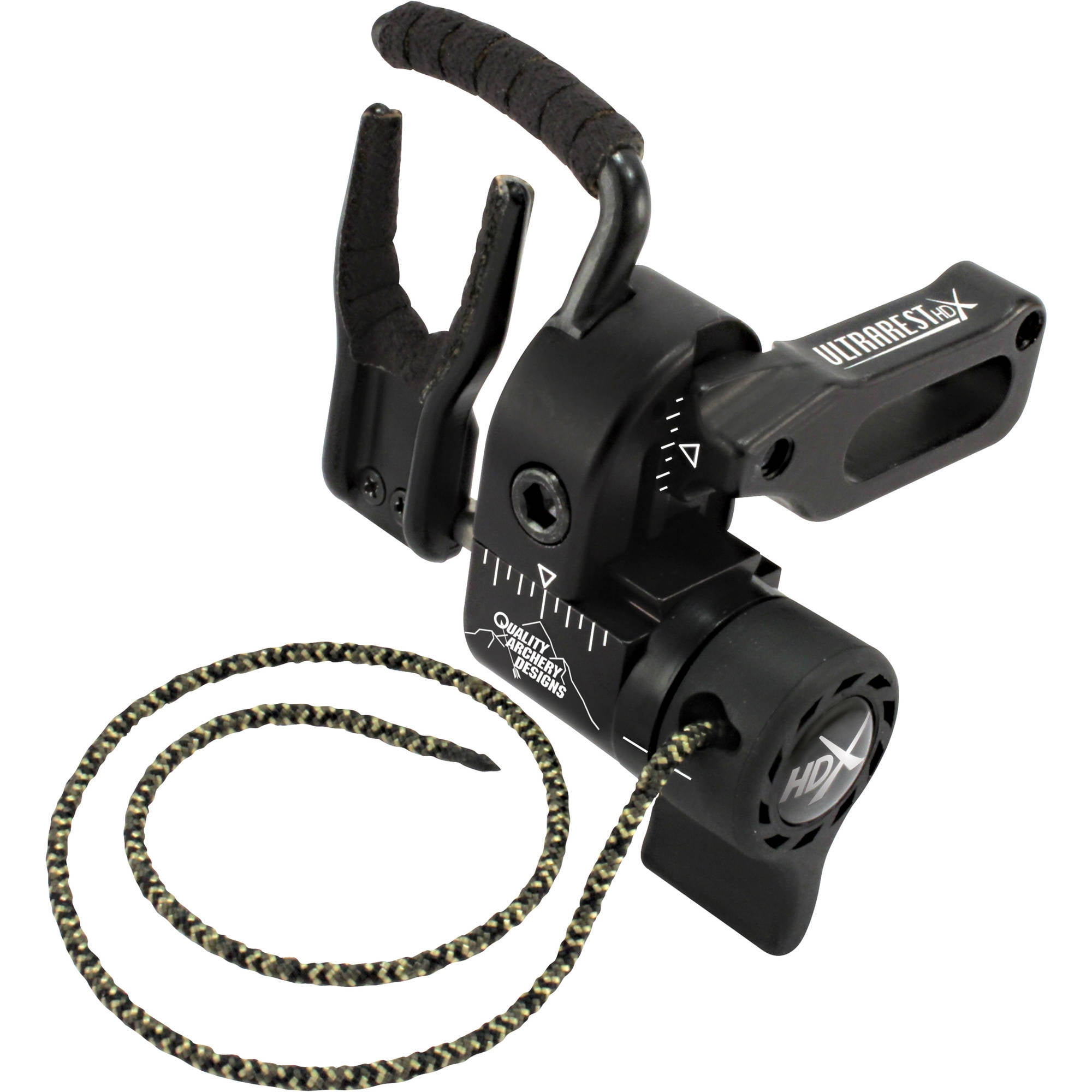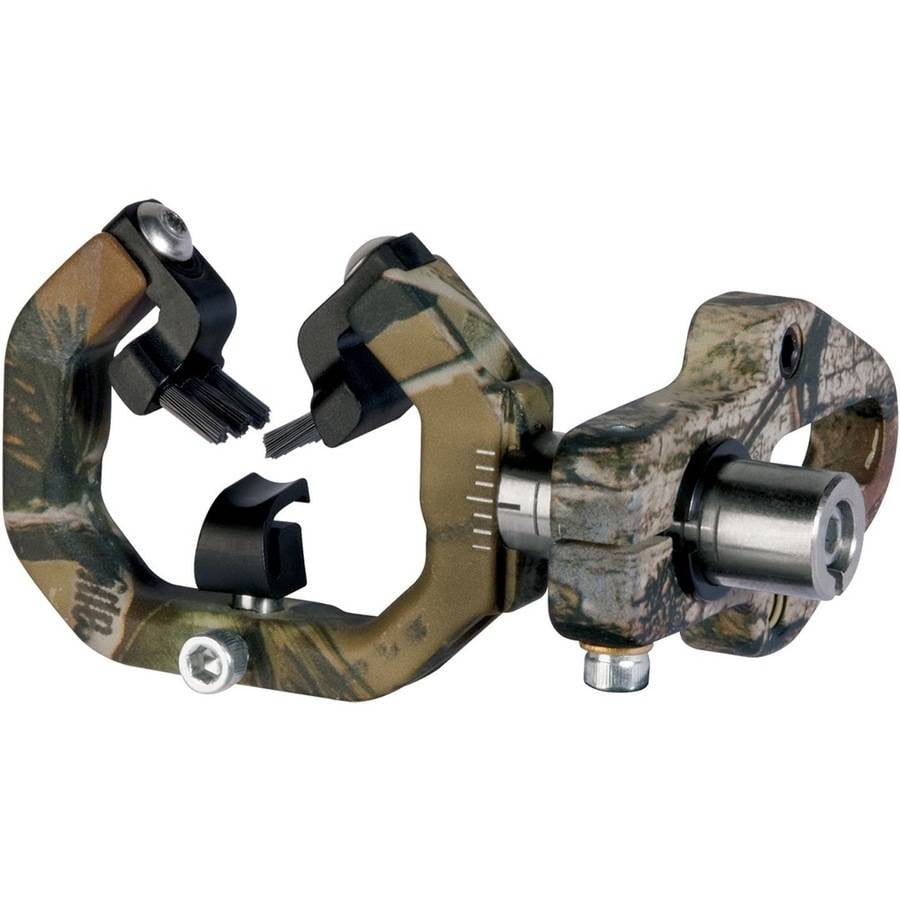
Not to mention, if and when you have to adjust the timing of your cams by putting in or taking out twists in your cables, that could necessitate also adjusting the paracord connected to the rest.īow limbs, however, don’t stretch or twist. Adjusting the positioning of the paracord can require the use of a bow press, which is annoying. In order to make sure your launcher on your rest is timed correctly so your arrow doesn't hit your launcher, you will have to adjust the paracord length or position in your cable as your cables stretch over time. They will stretch, twist and move over time, which means the paracord connecting the rest to your cable will move. The cables on your bow are a dynamic object. limb driven is the difference in the object you attach the rest to, and therefore the object that causes the rest to move. The most significant difference between a cable driven vs. Once fired, the limb returns back to zero, which simultaneously pulls the cord, and drops the launcher out of the way so the arrow can pass. When the bow is drawn back and the limb bends, the tension is released in the cord connected to the launcher, causing the launcher to raise up and hold your arrow in place. That tension is what keeps the launcher in the downed position.

Instead of being attached to the cable, it will attach to either the top or bottom limb of the bow and be fairly taut when at rest. Much like cable driven rests, there is a cord attached to a spring loaded launcher that holds your arrow in place.

Limb driven arrow rests, as the name states, function with the limb of your compound bow. When the bow fires, the cable returns back to zero, and the launcher drops out of the way so that the arrow can pass. That tension from being pulled will raise the launcher. As the shooter draws back the bow, the cable moves down, which pulls the cord attached to the rest. That is what holds the cord from your arrow rest in place. When taken out of the bow press, the fibers of the cable will be taut. You’ll need a bow press to do this, because the fibers of the cable need to be loose in order to feed the rest cord through. That cord is then installed by threading it through the cable of your bow.

Simply put, there is a cord attached to the spring loaded launcher on your rest that holds your arrow in place. Cable DrivenĬable driven arrow rests are designed to function with the cable of your compound bow. a Cable Driven Rest?īefore I start touting about the reasons why limb driven arrow rests have my heart, it's important to understand the difference between limb driven arrow rests and cable driven arrow rests and more specifically, how they each work. And the more I used one, the more I realized limb driven rests have some key advantages over cable driven rests and I wouldn't be going back down the cable route because of them. When I switched to a limb driven rest though, I had even better results with my shooting. I personally used them for years with good results. Cable driven rests can work well and are a good option. There are even some ready to shoot bow packages that are coming equipped with them now. It’s safe to say that drop away arrow rests are the new standard for most bows, particularly for people just getting into shooting a bow.


 0 kommentar(er)
0 kommentar(er)
